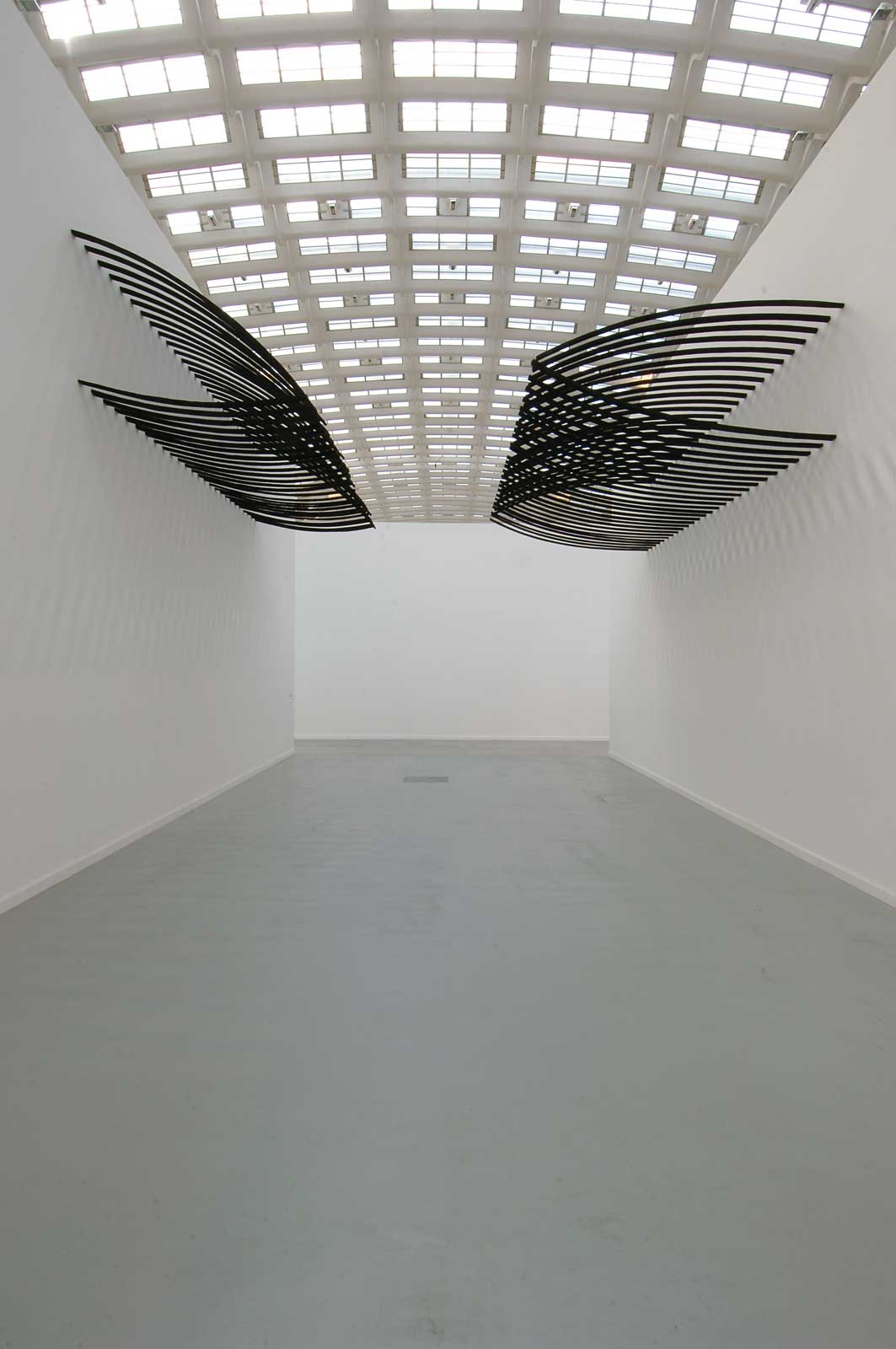The works of Nunzio Di Stefano are capable of stimulating the imagination but intentionally resist a reading that confines them to an interpretation that is narrative, associative, or metaphorical in nature. Active witnesses to the processes that generate them, the artist’s works are often tied with the idea of transformation and change, and include the temporal dimension in their physical presence. While in his early pieces, Nunzio mainly used plaster, the artist’s career is characterized by a wide-ranging freedom in the choice of materials – including clay, metal, and wood – and a total openness toward various working methods, both mechanical and chemical, consistent with linguistic choices that go beyond the specificity and distinction between painting and sculpture. [...]



